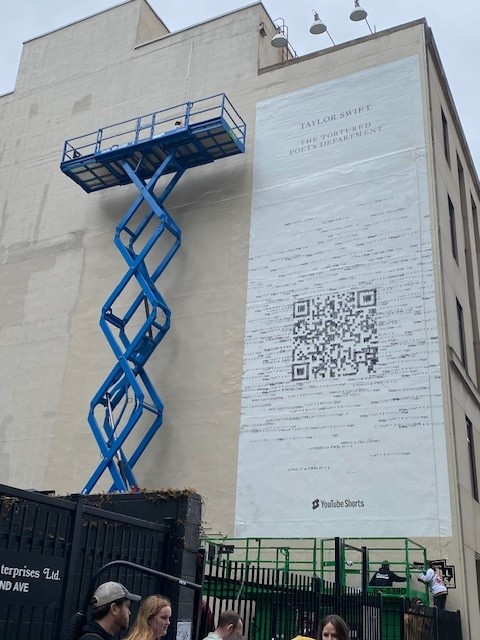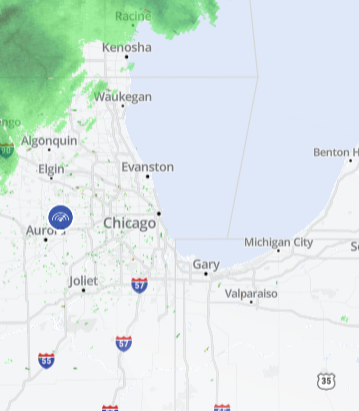Over a dozen shots were fired on the night LaQuan McDonald died in the middle of Pulaski Avenue in October of 2014. The ensuing controversy led to the ouster of the police superintendent, and in the eyes of many analysts contributed to mayor Rahm Emanuel’s decision not to seek re-election.
But the conspiracy and corruption case being heard against three officers involved in that incident deals with paperwork, not bullets.
Tuesday afternoon, Judge Domenica Stephenson is expected to rule on a state motion to accept a series of departmental emails which they say bolsters their case that the defendant officers manufactured a narrative exaggerating the threat McDonald posed that night. The alleged motive---to justify officer Jason Van Dyke’s actions when he shot McDonald sixteen times.
But the heart of the state’s case is a series of reports---most of them filed within the first days after the controversial shooting. It’s likely they would have been accepted, filed away, and forgotten, had it not been for the infamous dashcam video, which prosecutors say contradicts many statements presented as facts in those documents.
Defense attorneys argue the three officers stand to lose their freedom over a few disputed words. It will be up to the judge to decide whether the discrepancies amount to early confusion, or a conspiracy by the three to distort the truth.
The first documents noted by the state were prepared by the defendant officers within the first few hours of the shooting. Detective David March quoted Van Dyke in one of those reports, saying that McDonald had been swinging his knife in an “agreessive, exaggerated manner,” as he walked down Pulaski.
“When (McDonald) within 10-15 ft, looked at VD (Van Dyke), raised knife across chest, over shoulder, pointed knife at VD.”
The dashcam video did not bear that out.
“VD believed (McDonald) was attacking with knife trying to kill VD,” the report continued. “In defense of his life, VD backpedaled and fired.”
The report stated that after falling to the ground, despite his wounds, McDonald “appeared to be attempting to get up, still holding knife, pointing at VD.”
That same version found its way into March’s typewritten report, which said those facts, and others were substantiated by the dashcam video.
“That statement was false,” prosecutor Brian Watson told the judge Thursday. Indeed, the video seems to contradict a number of suggestions made in the reports.
For example, Van Dyke and two of the current defendants, Joseph Walsh and Thomas Gaffney, checked boxes on their own reports, that McDonald posed an “imminent threat of battery”, was attacking with a weapon, and potentially using force “likely to cause death or great bodily harm.”
Local
“All of them marked false information,” Watson said. “All of them marked consistently false information.”
March quoted another officer, Dora Fontaine, as saying McDonald raised his arm toward Van Dyke “as if attacking Van Dyke.”
Fontaine testified in court that’s not what she saw, and not what she told March that night.
It had become a consistent narrative. March told the state police “The offender LaQuan McDonald assaulted the three victim Chicago Police Officers with a knife.” At the conclusion of March’s 23 page CPD report, a supervisor concluded that McDonald was “an active assailant who while armed with a dangerous weapon, used force that was likely to cause death or serious injury.”
The defense in the case could begin as early as Tuesday afternoon. Much will center on what evidence the state has been able to prove, of any meeting or agreement to hatch a common story.
“It is the most important element for a conspiracy,” defense attorney James McKay cautioned Thursday. “There is no evidence whatsoever that there was ever an agreement at any time that night.”
The three officers face charges of official misconduct, conspiracy, and obstruction of justice.



